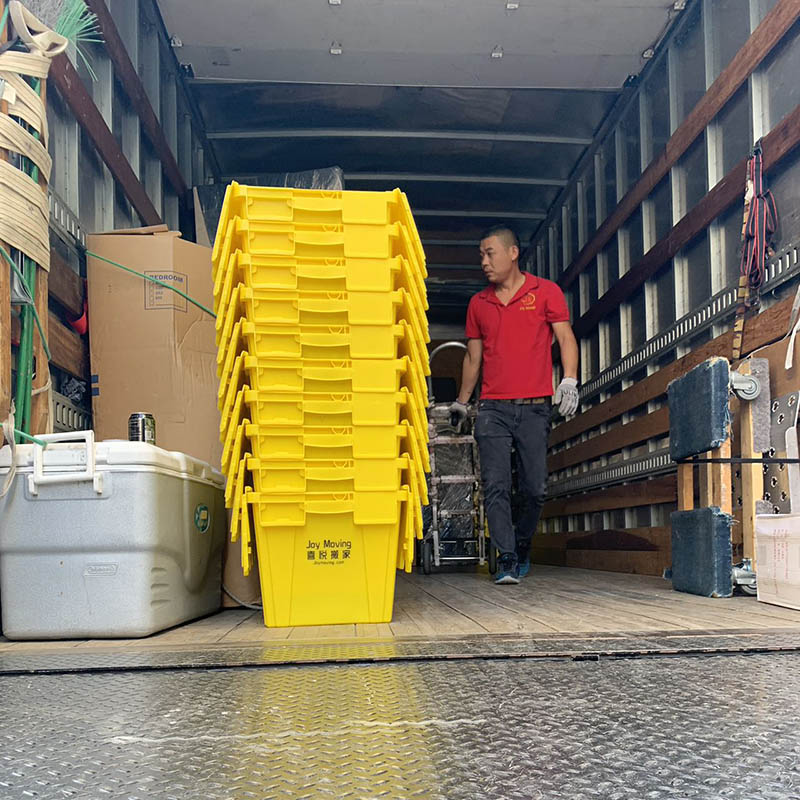Aspects of Office Relocation
2024-07-04
Office relocation involves several critical aspects to ensure a smooth transition and minimize disruption to business operations. Here are key aspects to consider:
1. Planning and Coordination:
- Timeline: Establish a clear timeline for the relocation process, including key milestones and deadlines.
- Budget: Allocate resources for the move, including costs for packing, transportation, and setup in the new location.
- Team: Form a relocation team or designate a project manager to oversee the process and coordinate with stakeholders.
2. Location Selection:
- Space Requirements: Evaluate the new office space to ensure it meets current and future needs in terms of size, layout, and amenities.
- Accessibility: Consider accessibility for employees, clients, and suppliers, including proximity to transportation hubs and amenities.
- Legal and Regulatory Compliance: Ensure compliance with zoning laws, building codes, and lease agreements.
3. Communications:
- Internal Communication: Keep employees informed about the relocation plans, timelines, and any changes that may affect their work.
- External Communication: Notify clients, vendors, and stakeholders about the upcoming move and provide updated contact information.
4. Infrastructure and Technology:
- IT Infrastructure: Plan for the relocation of IT equipment, including computers, servers, and networking devices. Coordinate with IT staff or external vendors to minimize downtime.
- Telecommunications: Arrange for the transfer or setup of phone lines, internet services, and communication systems in the new office.
5. Logistics and Transportation:
- Packing and Labeling: Organize packing of office furniture, equipment, and supplies. Label boxes clearly to facilitate unpacking and setup.
- Transportation: Arrange for reliable transportation of office belongings to the new location, considering factors like distance and special handling requirements.
6. Furniture and Setup:
- Furniture Planning: Determine the layout and placement of furniture in the new office space to optimize workflow and productivity.
- Installation: Coordinate the setup of desks, chairs, shelves, and other furniture items according to the planned layout.
7. Utilities and Services:
- Utilities Transfer: Arrange for the transfer or setup of electricity, water, heating, and cooling services at the new office location.
- Other Services: Consider needs such as cleaning services, security systems, and waste disposal for the new office.
8. Health and Safety:
- Safety Checks: Conduct safety inspections of the new office space to ensure compliance with health and safety regulations.
- Emergency Preparedness: Develop and communicate emergency procedures and evacuation plans to employees in the new location.
9. Post-Move Evaluation:
- Feedback: Gather feedback from employees and stakeholders about the relocation process to identify areas for improvement.
- Adjustments: Address any issues or concerns that arise after the move to ensure a seamless transition to normal business operations.
By addressing these aspects systematically and proactively, businesses can effectively manage office relocation projects and mitigate potential challenges, ensuring a successful move with minimal disruption to daily operations.



